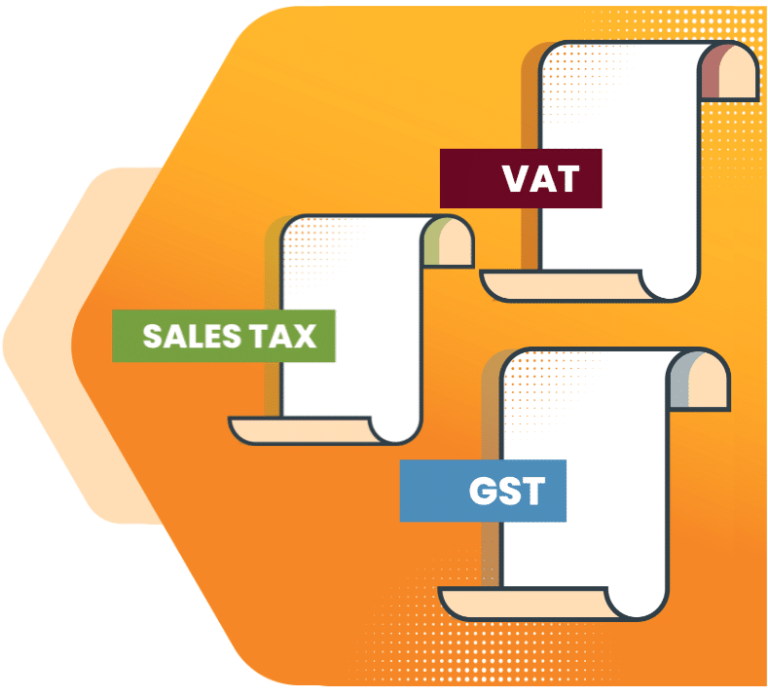Mastering Returns and Refunds in E-Commerce: A Comprehensive Guide to Best Practices
In the fast-paced world of e-commerce, managing returns and refunds is an indispensable aspect of running a successful online business. While the thought of returns and refunds might seem daunting to some e-commerce entrepreneurs, implementing effective strategies can turn these challenges into opportunities to enhance customer satisfaction and loyalty. In this guide, we’ll delve into the best practices for handling returns and refunds in e-commerce, equipping you with the knowledge and strategies to navigate this critical aspect of your online business seamlessly.
Understanding Returns and Refunds in E-Commerce
Before diving into best practices, let’s clarify the difference between returns and refunds. Returns refer to the process of customers sending back items they’ve purchased, typically due to dissatisfaction, defects, or inaccuracies. Refunds, on the other hand, involve reimbursing customers for the returned items, either fully or partially.
The Importance of a Clear Returns and Refunds Policy
A well-defined returns and refunds policy is the cornerstone of successful e-commerce operations. It sets clear expectations for both customers and merchants, fostering transparency and trust. Here are key elements to consider when crafting your policy:
- Clear Communication: Ensure your policy is easily accessible on your website, preferably in the footer or checkout process. Use clear and concise language to outline the process, timelines, and conditions for returns and refunds.
- Fair and Flexible Terms: While it’s essential to protect your business from abuse, overly restrictive policies can deter potential customers. Strive for a balance between protecting your interests and offering flexibility to accommodate legitimate return requests.
- Transparency in Fees and Procedures: Clearly state any restocking fees, return shipping costs, or other charges associated with returns and refunds. Customers appreciate transparency and are more likely to trust businesses that are upfront about their policies.
- Consistency: Apply your policy consistently to all customers to avoid confusion and disputes. Consistency builds trust and demonstrates fairness in your dealings with customers.
Streamlining the Returns Process
Efficient returns processing is crucial for providing a positive customer experience and minimizing operational disruptions. Follow these best practices to streamline the returns process:
- Simplify Return Authorization: Implement an easy-to-use system for customers to request return authorization, whether through an online portal, email, or customer service hotline. Automate this process whenever possible to expedite resolution.
- Provide Prepaid Shipping Labels: Offering prepaid shipping labels not only makes the returns process more convenient for customers but also ensures consistency in shipping carriers and tracking methods.
- Optimize Reverse Logistics: Invest in efficient reverse logistics systems to handle returned merchandise promptly. This includes inspecting, restocking, and updating inventory in a timely manner to minimize losses and maintain accurate stock levels.
- Offer Multiple Return Options: Provide customers with options for returning merchandise, such as shipping it back, dropping it off at a physical location, or arranging for a pickup. Catering to diverse preferences enhances customer satisfaction.
Enhancing Refund Procedures
Refunds are an inevitable part of e-commerce, but how you handle them can significantly impact customer satisfaction and loyalty. Here’s how to optimize your refund procedures:
- Prompt Processing: Process refunds promptly upon receiving returned merchandise or confirmation of cancellation. Delays in issuing refunds can lead to frustration and erode trust in your brand.
- Communicate Proactively: Keep customers informed at every step of the refund process, from acknowledging their request to confirming the refund transaction. Clear communication builds confidence and reduces anxiety.
- Flexible Payment Methods: Offer refunds in the same form of payment used for the original purchase whenever possible. If that’s not feasible, provide alternatives such as store credit or gift cards to accommodate customer preferences.
- Monitor Refund Metrics: Track key metrics related to refunds, such as refund rates, processing times, and reasons for refunds. Analyzing this data can reveal insights into areas for improvement and help optimize your refund processes over time.
Leveraging Returns and Refunds for Customer Retention
While returns and refunds may seem like a cost of doing business, they also present opportunities to delight customers and foster long-term loyalty. Here are strategies for leveraging returns and refunds to enhance customer retention:
- Exceptional Customer Service: Provide responsive and empathetic customer support throughout the returns and refunds process. Going above and beyond to resolve issues demonstrates your commitment to customer satisfaction.
- Personalized Solutions: Tailor your approach to returns and refunds based on individual customer preferences and circumstances. Offering personalized solutions can turn dissatisfied customers into brand advocates.
- Turning Returns into Exchanges: Encourage customers to exchange items rather than requesting refunds, whenever possible. Offering incentives such as free return shipping or discounts on future purchases can incentivize exchanges and preserve customer value.
- Gathering Feedback: Use returns and refunds as opportunities to gather feedback from customers about their experience. Solicit input on product quality, packaging, and customer service to identify areas for improvement and innovation.
Implementing Technology Solutions
In addition to the best practices mentioned, leveraging technology can further optimize your returns and refunds processes. Here’s how technology can help:
- Automated Returns Management Systems: Invest in software solutions that automate the returns management process, from initiating return requests to updating inventory and issuing refunds. These systems not only save time but also reduce errors and improve efficiency.
- Integration with E-Commerce Platforms: Integrate your returns management system with your e-commerce platform to streamline data exchange and ensure seamless communication between systems. This integration allows for real-time updates on return status and inventory levels, enhancing overall visibility and control.
- Data Analytics for Insights: Utilize data analytics tools to gain insights into return patterns, customer preferences, and product performance. By analyzing this data, you can identify trends, forecast demand, and make informed decisions to minimize returns and optimize inventory management.
- Customer Self-Service Portals: Offer self-service portals where customers can initiate returns, track return status, and request refunds independently. Providing customers with autonomy and convenience enhances their experience while reducing the workload on your customer service team.
Continuous Improvement and Adaptation
The landscape of e-commerce is constantly evolving, and so too are customer expectations regarding returns and refunds. To stay competitive, it’s essential to continuously monitor industry trends, solicit feedback from customers, and adapt your strategies accordingly. Here are some tips for continuous improvement:
- Stay Updated on Industry Trends: Keep abreast of emerging trends and best practices in e-commerce, particularly regarding returns and refunds. Attend industry conferences, participate in forums, and subscribe to relevant publications to stay informed.
- Monitor Customer Feedback: Actively solicit feedback from customers about their returns and refunds experience. Use surveys, reviews, and social media channels to gather insights into pain points and areas for improvement.
- Benchmark Against Competitors: Benchmark your returns and refunds policies and processes against those of your competitors. Identify areas where you can differentiate yourself by offering superior service or innovative solutions.
- Iterate Based on Data: Use data-driven insights to iterate and refine your returns and refunds strategies over time. Experiment with different approaches, measure results, and optimize based on what works best for your business and your customers.






